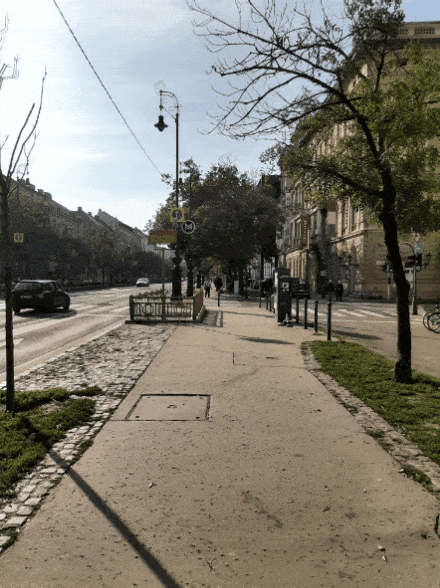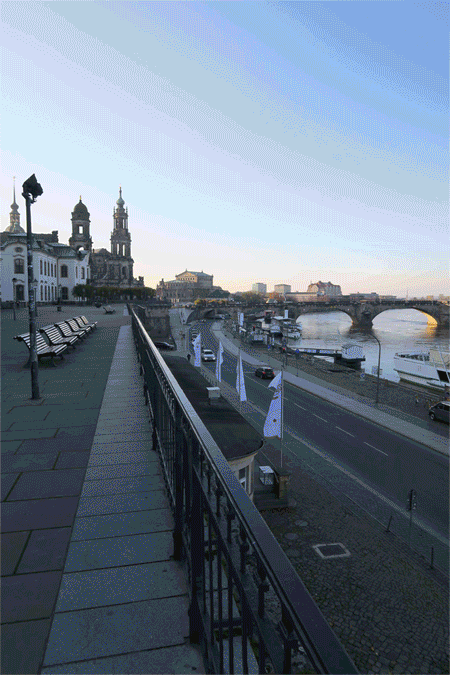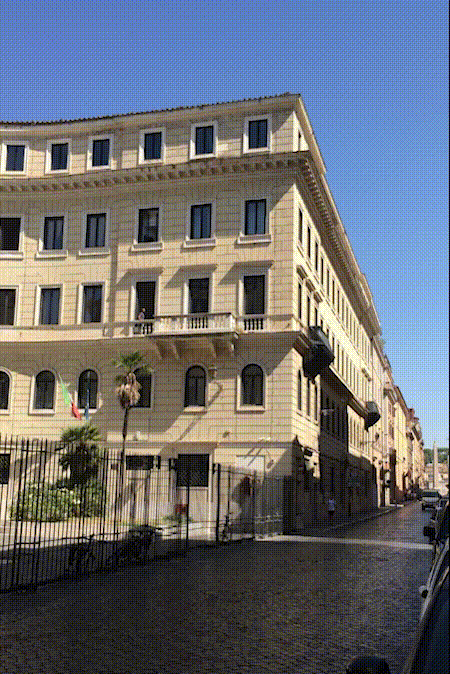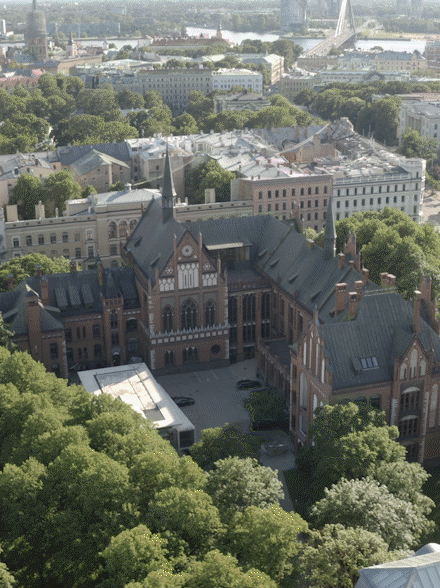Members
Magyar Képzőművészeti Egyetem

Hochschule für Bildende Künste Dresden

Accademia di Belle Arti di Roma
The Academy of Fine Arts of Rome originates from the “Accademia di San Luca”, born at the end of the Sixteenth century and which became the papal seat for artistic studies, in fact it is one of the oldest Academies in Italy.
Strong in its history and facing the future, the Academy has the aim to prepare students to live in the today’s art world, as artists but also as curators, critics, specialized workers for museums, designers, stylists and, of course, web and graphic designers.
For this reason many avant-garde courses have been added at the classical ones, building one of the most innovative didactic offers. The entire “Campo Boario” headquarters was built specifically to host computer, photography and new media lessons and recently, following the activation of the joint Master with the Sapienza University, specific laboratories for digital animation were also provided.
On the other hand, in the historical building of Via di Ripetta specialized ateliers for painting, sculpting and engraving are hosted.
A great importance is also placed in opening up opportunities for further growth and employment for graduates. In fact the Academy is conceived as a meeting point for students and important figures of the global art world, hosting conferences, workshops and exhibitions of the students’ and of important international artists’ works in the exhibition hall, named “Sala Colleoni”.

Latvijas Mākslas akadēmija
The Art Academy of Latvia is a leading higher education institution and research competence centre in art and design in Latvia and it has a long history of internationally- recognised work. It was established in 1919 and has become an important art institution regionally and in Europe, providing enabling conditions for artistic creation and scientific research. The Art Academy of Latvia has always been the cradle of the Latvian art and culture, introducing the creative art space with numerous professionals highly appreciated both in Latvia and abroad. In order to promote the utmost development of the creative industries and their potential in Latvia, the main goal of the Art Academy of Latvia is to provide qualitative, globally competitive education to the young talents in art and design. Study programmes BA and MA degrees in faculties and departments:
Visual Arts (Painting, Graphic Art, Textile Art, Drawing); Visual Plastic Arts (Sculpture, Ceramics, Glass Art); Design (Functional Design, Environment Art, Fashion Design, Metal Design); Audio-visual Media Art (Visual Communication, Stage design, Motion, Image & Sound); History and Theory of Art (Restoration, History and Theory of Art and Culture). Academic and practice-based arts 3rd cycle degree, equivalent to a PhD program.
Number of Students: 700. Number of staff: 250.
